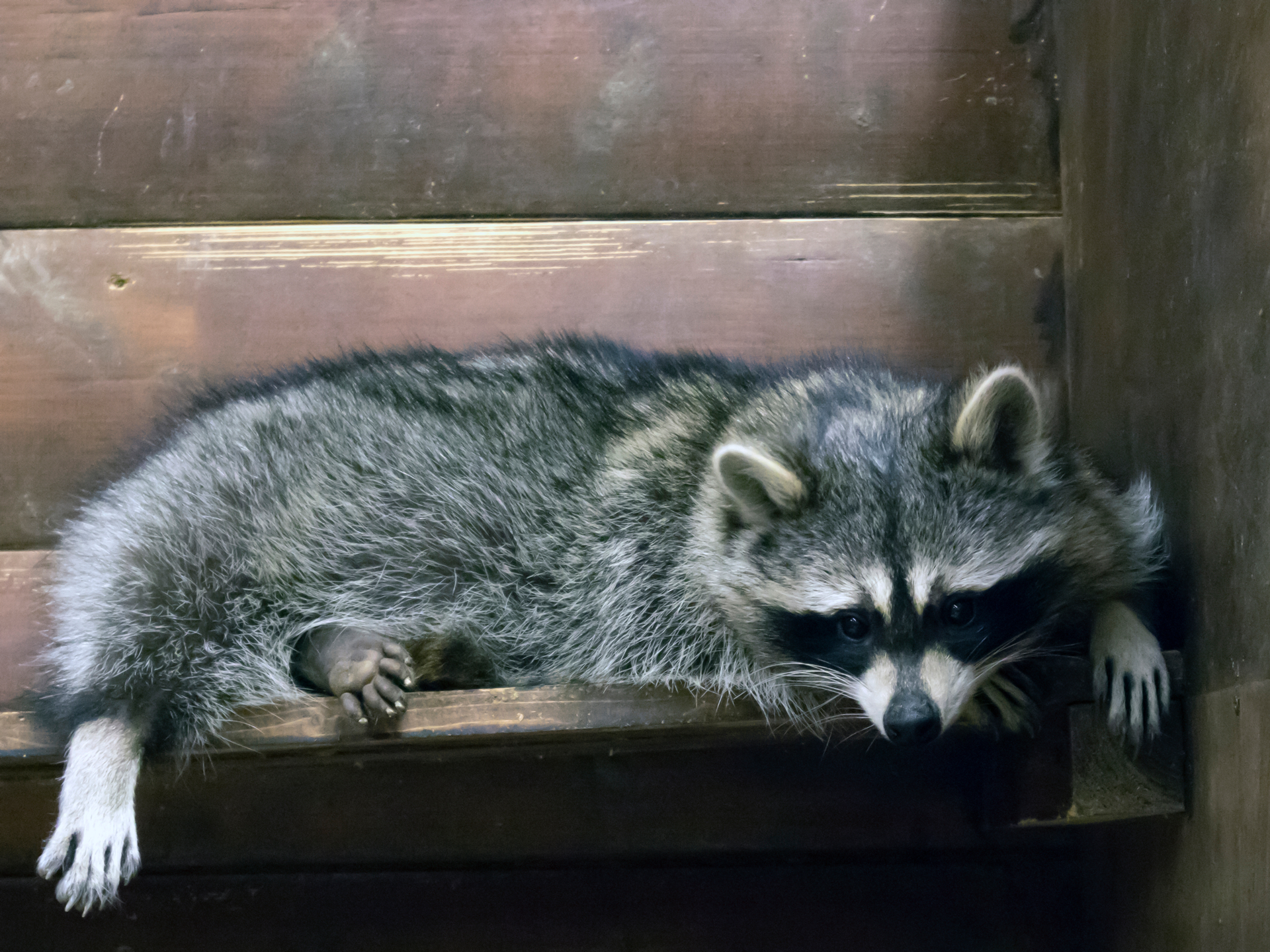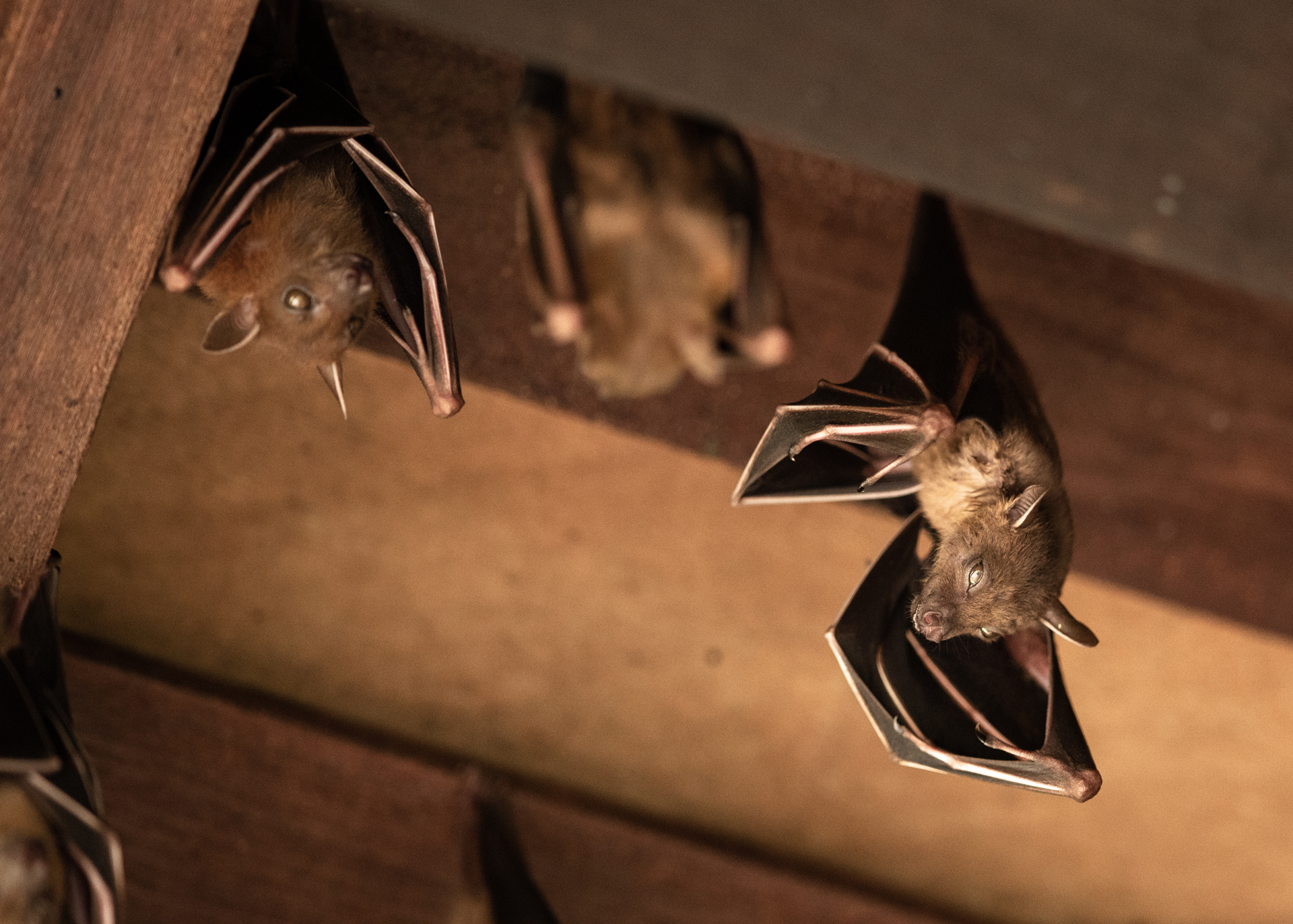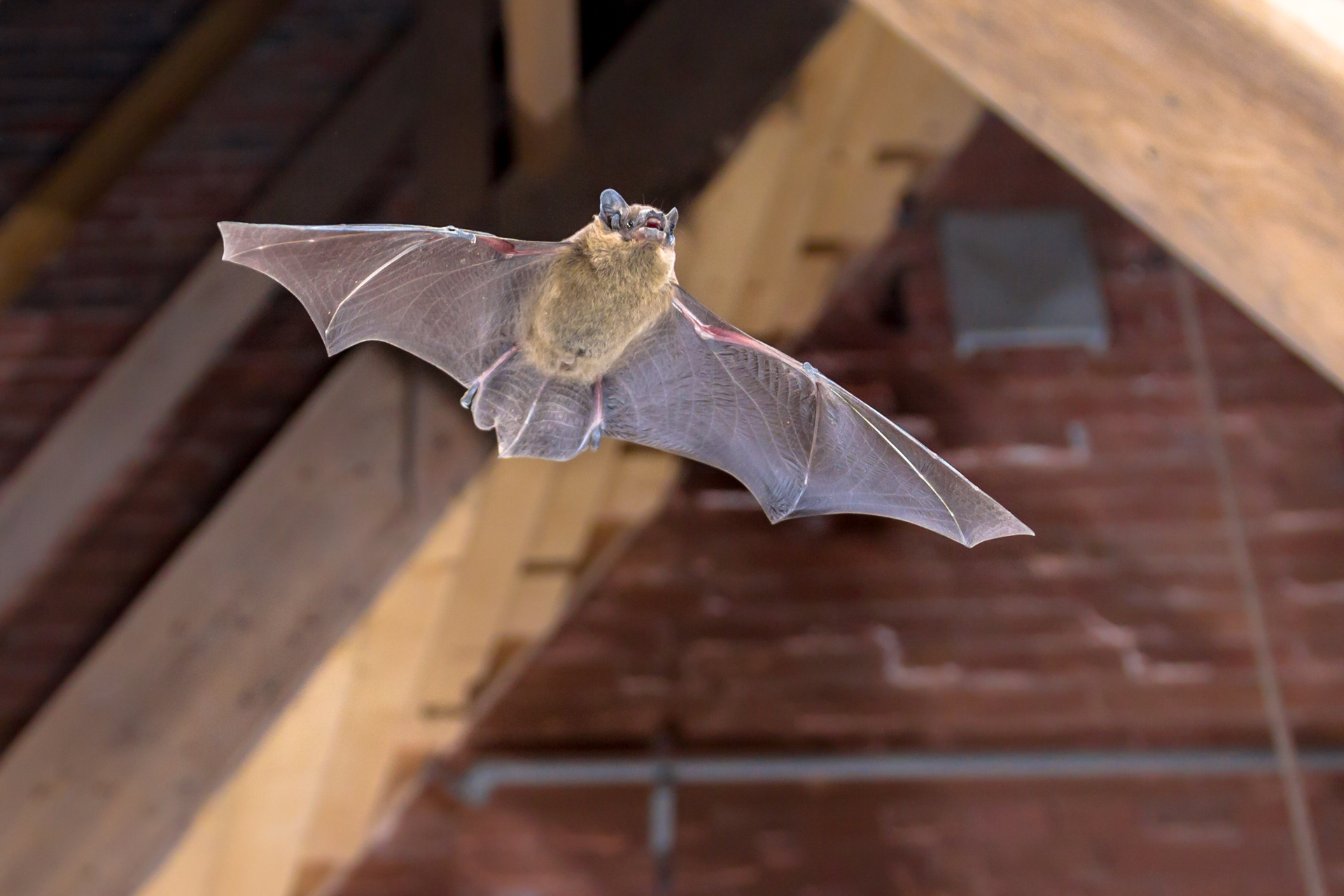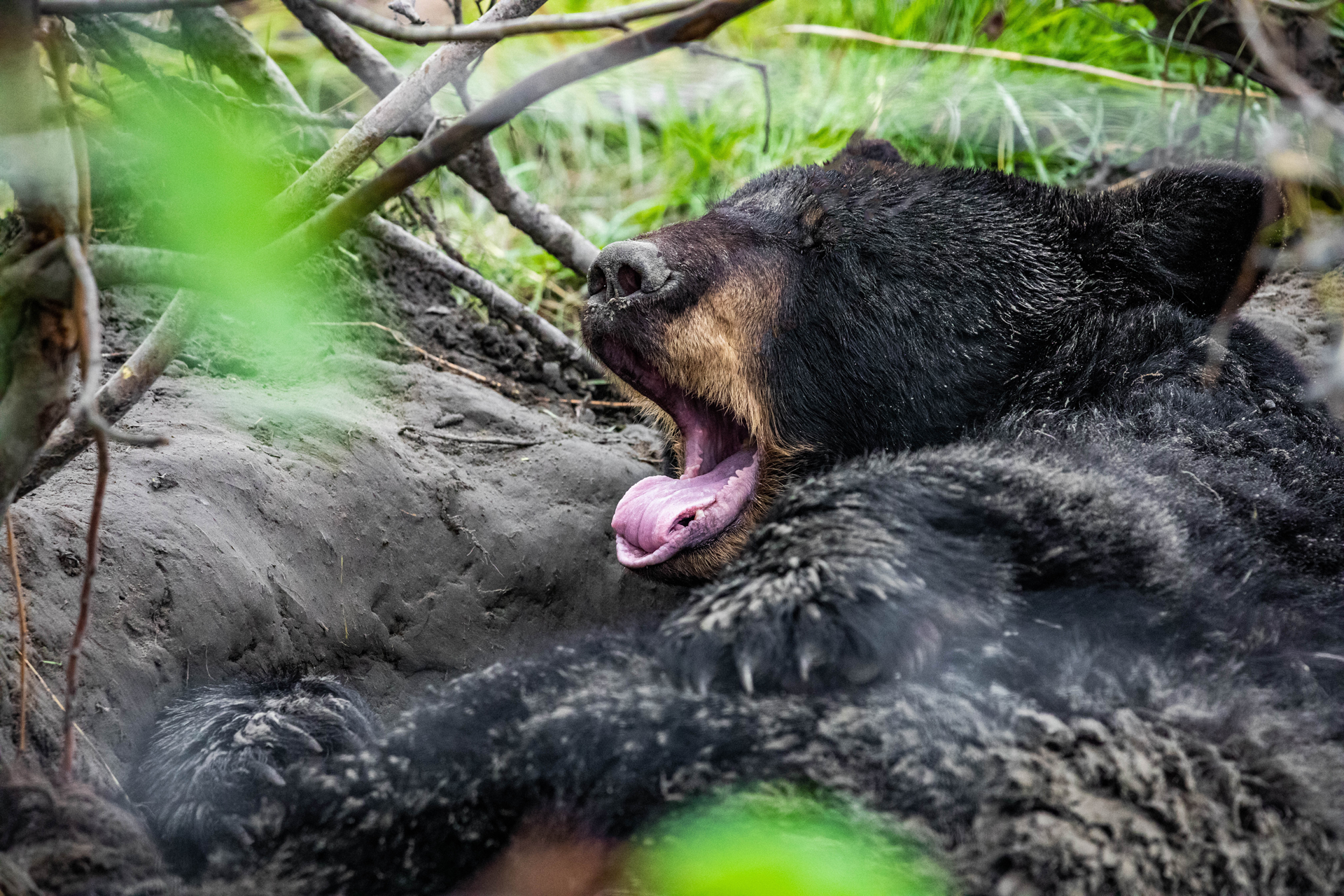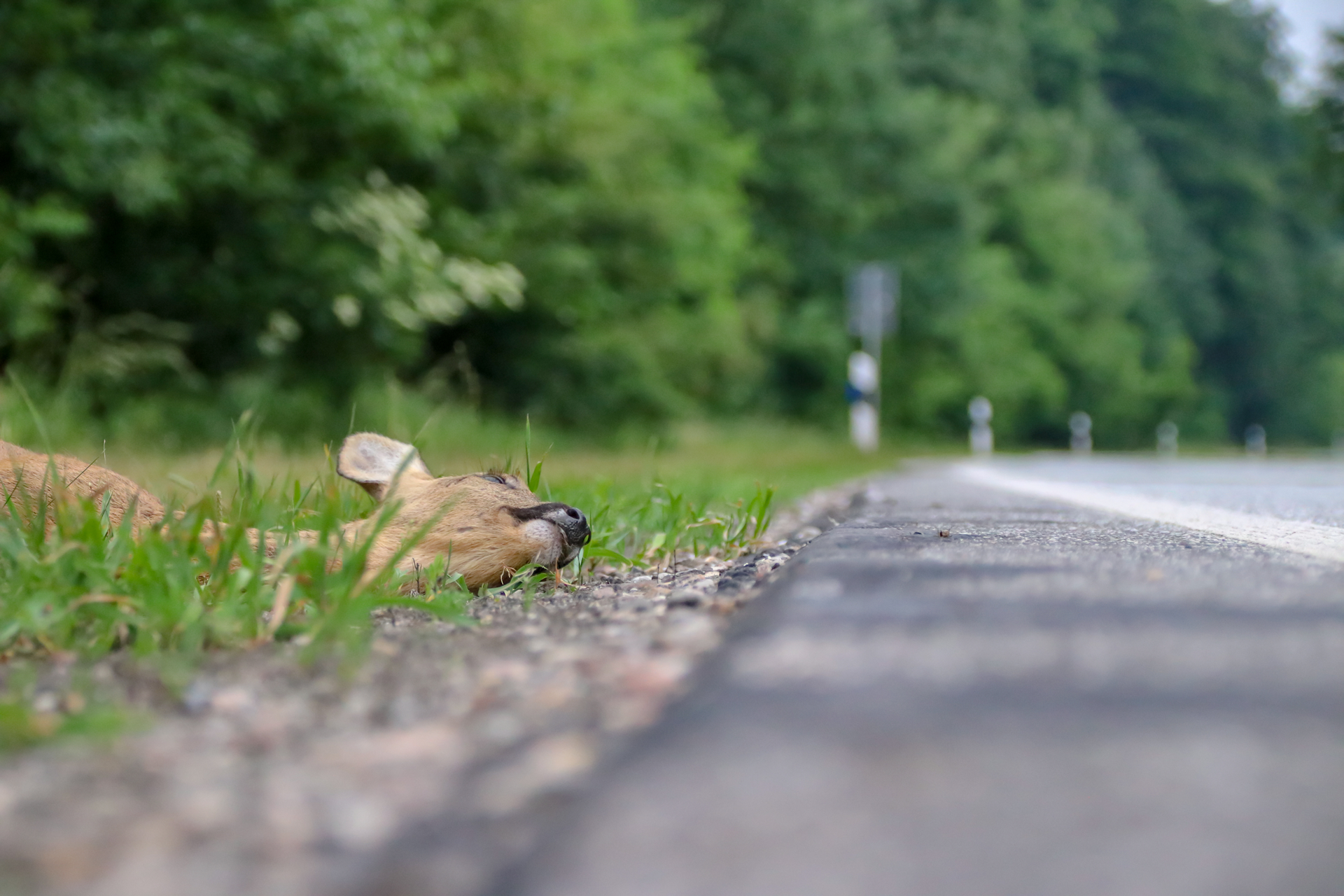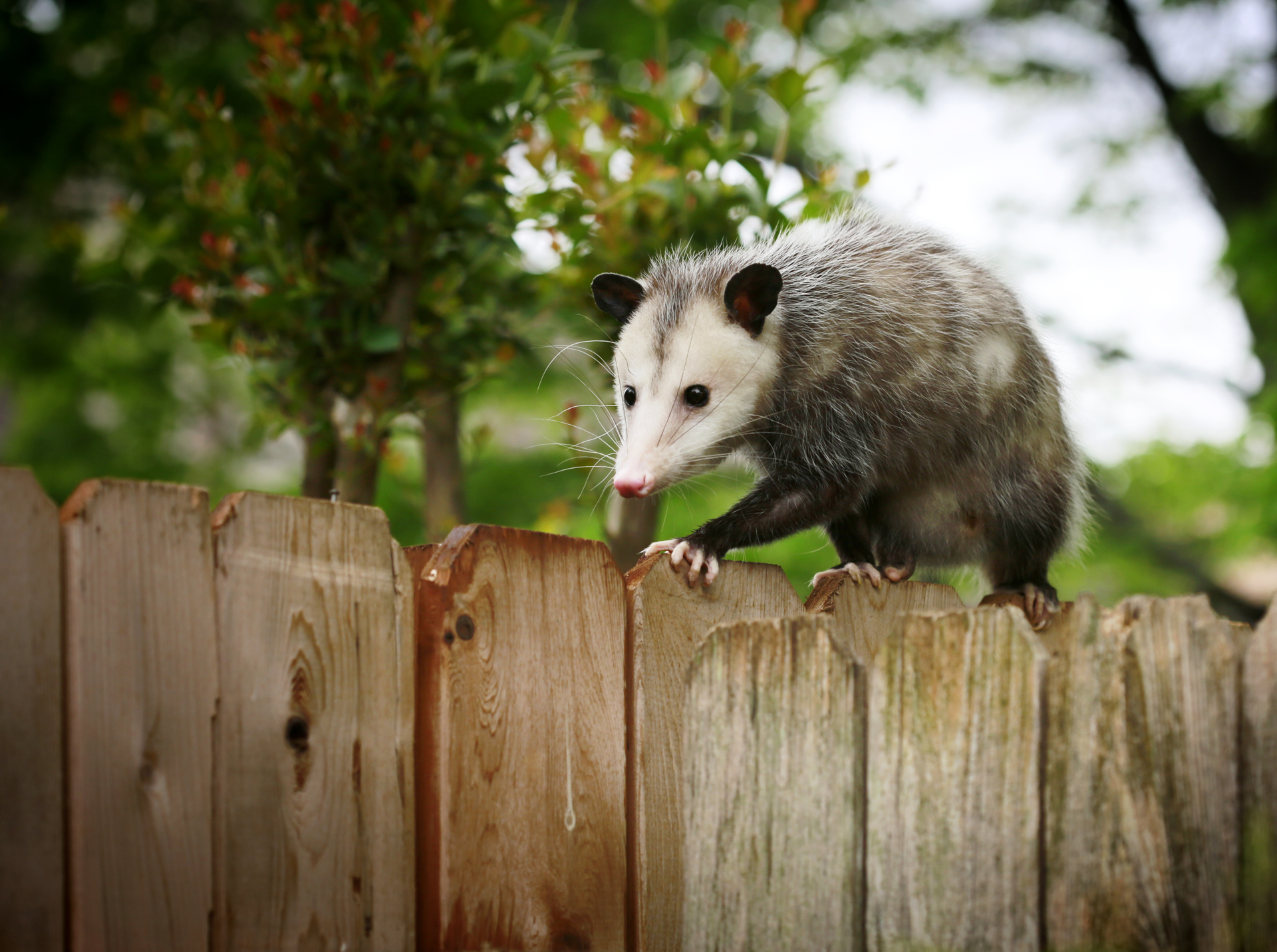Wildlife Myths
Don't Belive Everything You Hear About Wildlife
In most of our day-to-day lives, humans and animals are separate from one another. An encounter with a wild animal can be scary for both the person and the creature. However, logical concerns about animals are often overshadowed by myths and misconceptions.
One of the animals with the most old wives’ tales surrounding it is the bat. They’ve been linked with death since the ancient Mesoamericans. The Mayan God Camazotz, named “Death Bat” in English, is believed to represent night, death, and sacrifice. The Zapotec Tribe believed this God was linked to a portal into the underworld. The thing they’re associated with most closely is vampires, and the fiction is somewhat based on reality. The vampire bat does feast on blood, but rarely humans. Also, bats are not blind.
Many myths about animals portray them as more deadly or powerful than they truly are. Native American mythology frequently displays skunks as evil monsters with deadly spray and poisonous meat. Some tribes, though, admired the animals for their self-defense tactics and believed the smelly spray could ward off disease. Today, the old wives’ tales revolve around the animal’s odor and how to get rid of it. You might have heard that tomato juice is the only way to get the stench out if a skunk sprays you, when in fact, it is quite far from the truth; tomato doesn’t break down the stench. Instead, you’re better off using a mixture of hydrogen peroxide, baking soda, and dishwashing liquid, which counteracts the chemicals in the skunk’s fluid.
Snakes have also spent centuries as the main character in stories, and usually an evil one. The Greeks had Medusa, whose hair of serpents could turn people to stone. The Aztec God of wind and rain is Quetzalcoatl, a mix of bird and rattlesnake. A snake was the one to tempt Eve to bite into an apple in the Garden of Eden, leading the animal to be associated with lies and evil throughout Christian tradition. In Ireland, St. Patrick is said to have been attacked by snakes in the 400s, leading him to cast the entire species into the sea. The Vikings told a tale of a sea serpent, Jormungand, the son of Loki, who encircled his entire body around the planet and traded lives with Thor during Ragnarök, the battle that would end in the destruction of Earth.
There is a misconception that young snakes are more dangerous because their venom is different from that of adult snakes, but researchers have debunked that, saying different doesn’t necessarily mean more lethal. Some people also think they can tell whether a snake is venomous by looking at the shape of its head, but there a lot of non-venomous snakes that share the triangular-shaped heads of other more dangerous types like cottonmouths, rattlesnakes, and copperheads.
One of the earliest old-wives’ tales we are told as children is that if we touch a toad, we’ll get warts. This myth probably came from the toad’s warty looking skin, but warts are caused by the Human Papilloma Virus, and cannot be spread from a toad to a person. It is also not true that camels use their humps as water storage containers, or that armadillos curl up in a ball and roll away from a threat. When calling someone bird-brained, you may want to think twice. Perhaps it is because of the size of their brains that birds have been seen as dumb, buy they are one of the smartest creatures after primates and dolphins.
Moles have some pretty strange myths behind them. In the 18th century, it was believed that if you held a mole in your hand until it died, you would acquire a healing power. Over centuries, it was also believed that mole blood and body parts could cure epilepsy, goiter, protect against toothaches, and remove warts.
Some people believe if they come across a raccoon, it’s a sign that they should adjust in their lives, either accepting gifts sent by the universe or moving on from a certain situation or way of acting. One of the most common raccoon myths is that if you see one during the day, it probably has rabies. There are any number of reasons why we may see a nocturnal animal like a raccoon or a fox in the daylight. It is not a reason to believe they are rabid.
Many human-animal interactions could go much more smoothly if we knew what was true about wildlife. Fortunately, Natural State Wildlife Solution's technicians are specially trained to deal with nuisance animals. If you have a wildlife problem, don’t put your family at risk;
contact us today.


